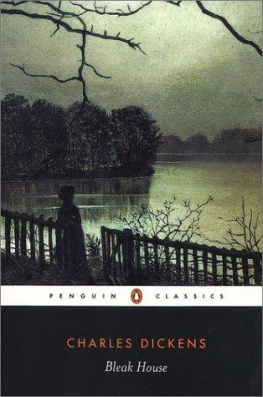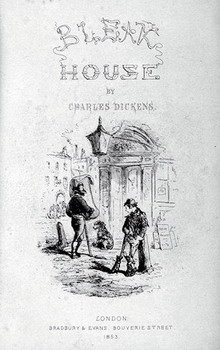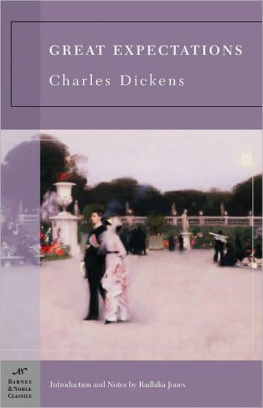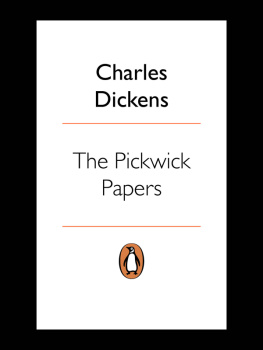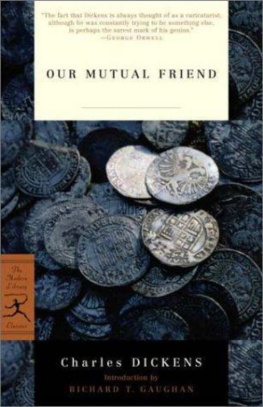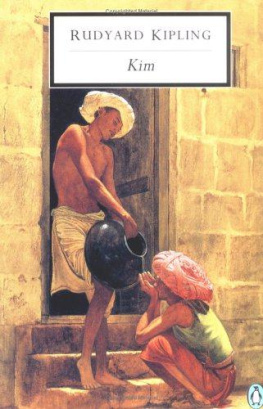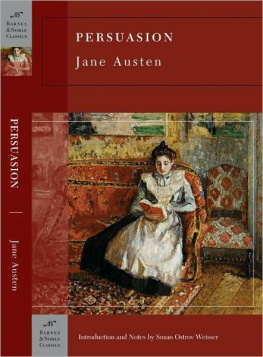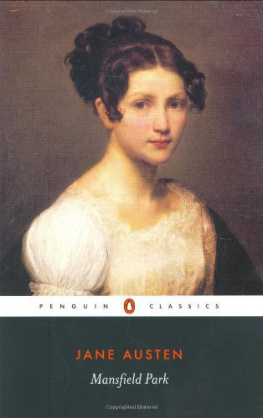APPENDIX:
The Court of Chancery: Purposes and Cross-Purposes
Purposes
Equity sends questions to Law, Law sends questions back to Equity (p. 105), remarks John Jarndyce, calling attention to the two complementary systems of justice that figure in Bleak House. By Law, he means the courts of common law, which were concerned with crimes and misdemeanors and decided cases on the basis of established precepts and written statutes. As a member of the Metropolitan Police, Inspector Bucket upholds common law, and when George Rouncewell is held for murder, his case falls within its jurisdiction. Equity, on the other hand, refers to the Court of Chancery, which addressed cases that did not fall within the strictures of common law and decided them individually, without a jury, according to principles of equity and conscience.
Like Jarndyce and Jarndyce, which is about a Will, and the trusts under a Will (p. 104), the cases brought before Chancery mainly involved disputes over property in the form of legacies, deeds, estates, and so on. The court also had jurisdiction over minors, such as Ada Clare and Richard Carstone, as well as others, such as the insane, who were unable to care for themselves. Although the Court of Chancery did not treat criminal cases, it did have the power to imprison those who, like the sallow prisoner (p. 20), were held in contempt for not obeying court orders.
Parties in a cause brought before Chancery might always have been appearing, and disappearing (p. 104), but they could never appear as witnesses in the Court: this was fundamental protocol that Gridley, the man from Shropshire, could by no means be made to understand (p. 20). Instead, all cases were presented in writingin bills, cross-bills, answers, rejoinders, injunctions, affidavits, issues (p. 18), and the likeand read aloud in court.
Hence the need for copyists, like Nemo, as well as law stationers, like Mr. Snagsby, who, along with multitudes of clerks, like William Guppy, served a vast corpus of lawyers and judges and other court officers of various kinds and degrees. Among the lawyers who figure in the novel are the solicitors Conversation Kenge and Mr. Tulkinghorn (Mr. Tulkinghorn practices as a common-law attorney, too). Working directly with clients, advising them on legal matters, and preparing cases for hearing in court, solicitors did not themselves present cases in court. Instead, they hired barristers, a higher-ranking group of lawyers, to do so. These attendant wigs (p. 19) were of several orders: serjeants were the highest, followed by Queens Counsel barristers, such as Mr. Blowers, the eminent silk gown (p. 21); the very little counsel (p. 22) who speaks for John Jarndyce regarding his prospective wards is probably junior to these. There were also several kinds of court officers and judges. Masters assisted Chancery judges by reviewing evidence and determining whether it was fit for hearing; all court documents were under the charge of the Master of the Rolls. Three Vice-Chancellors also assisted the chief judge of the court, the Lord Chancellor. Politically appointed to the highest legal office in the nation, the Lord Chancellor was also a cabinet member and the de facto president of the House of Lords, where he officiated on ceremonial occasions.
When the Court of Chancery was in sessionthat is, during Hilary Term (January 4-31), Easter Term (April 15-May 8), Trinity Term (May 22-June 12), and Michaelmas Term (November 2-25)the Lord Chancellor presided in Westminster Hall, which housed a number of other courts besides Chancery. Except during the long vacation, the four months between Trinity and Michaelmas terms, the Court of Chancery held sessions in Lincolns Inn Hall, which, along with Grays Inn, Middle Temple, and Inner Temple, made up the four Inns of Court. The lesser Inns of Chancery were attached to these, and while some retained their legal character in the nineteenth century (Serjeants Inn, for example, was the exclusive purview of those particular barristers), others had become mainly residential (Thavies Inn is where the Jellyby family lives for a time). Like some of the Inns of Chancery, the Inns of Court housed legal offices (the chambers of Kenge and Carboy are in Lincolns Inn Hall). They also had court-rooms and functioned as law schools. Here, senior members, or benchers, regulated the requirements for qualification to the Bar, the collective name for the barristers of England, and, by extension, all officers of the law. Legal training could also be obtained by serving as an articled clerk in a law firm, as Guppy does; by the end of the novel, he is admitted... on the roll of attorneys (p. 799). What he, along with all the other lawyers and judges and court officers, would have been certified to practice, according to Dickens, was the one great principle of the English law: to make business for itself (p. 518).
Cross-Purposes
Dickens was by no means alone in regarding the Court of Chancery as making a pretence of equity (p. 18). A topical issue for decades, the need for reform was raised again in 1851, when the Times, for one, criticized the inertia of an antiquarian jurisprudence and obstacles raised by personal and professional interest (January 1, 1851). The Six Clerks Office had been among the worst offenders. Originally the office of lawyers for clients bringing a suit to Chancery, this branch of the court had become no more than a costly gateway to it by the early decades of the nineteenth century, when suitors hired their own solicitors yet continued to have to pay the office fees in order to obtain depositions in a case and any time their case was heard. Although this office was abolished in 1843, the cost of bringing a suit to Chancery was little alleviated. On the contrary, at each of the ten thousand stages of an endless cause (p. 18), someonea copyist, a clerk, a solicitor, a barrister, a masterhad to be paid, and while payment of these mounting costs came out of the suit in hand, parties in a Chancery suit could not themselves draw on the property in dispute until the case was resolved. Its about nothing but Costs (p. 104), remarks John Jarndyce of the scarecrow of a suit (p. 20) in the novel. Indeed, although Dickens had won a suit against plagiarists that he had brought before Chancery in 1844, he himself had to pay the considerable sum of 700 incurred in the proceedings when the plagiarists declared bankruptcy. So vexed was he by the experience that, when advised to initiate another piracy suit, he refused: I know of nothing that could come, even of a successful action, which would be worth the mental trouble and disturbance it would cost (letter of August 1846). Success and defeat are alike fatal to litigants (December 24, 1850), observed the Times, echoing the feelings of Dickens and many others.
To be in Chancery, then, was to be enmeshed in a costly web of red tape. (This expression for bureaucratic inefficiency and delay comes from the red tape that bound official documents; the barrister Mr. Tangle [p. 21] is aptly named.) Or, to draw on another of Dickenss puns, to be in Chancery was to be in a condition of deadlockinsurmountable, inescapable. (Pugilists spoke of placing an opponent in Chancerythat is, in a head-hold in which the opponent flailed helplessly as he was pummeled.) With lawyers tripping one another up on slippery precedents, groping knee-deep in technicalities (p. 18), and suitors swearing, and interrogating, and filing, and cross-filing, and arguing, and sealing, and motioning, and referring, and reporting, and revolving about the Lord Chancellor and his satellites (p. 104), cases could, and did, drag ... on [their] dreary length (p. 20) though years and years, and lives and lives (p. 105). A suit in that court is endless, bottomless, and insatiable, said the Times (March 28, 1851). Representative of Chancery proceedings in the novel, the case of Jarndyce and Jarndyce was evidently a Monument of Chancery practice (p. 805) in fact.

